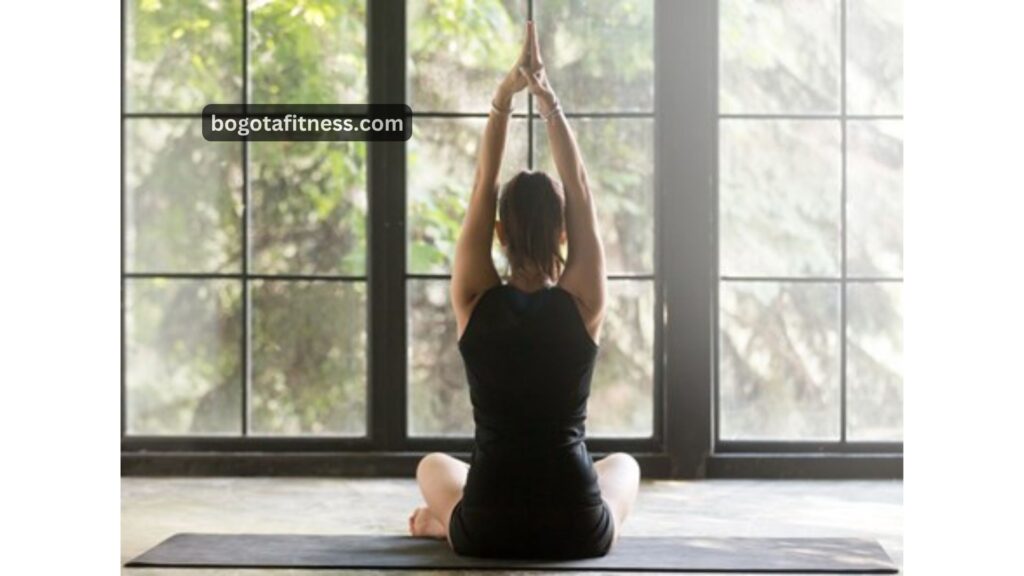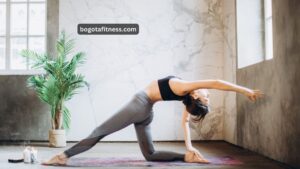Mindfulness—being fully present and aware of each moment without judging—has become a popular way to reduce stress and boost overall health.
Just like any other habit, you need to practice mindfulness regularly to really see the benefits.
Our team of experts from various medical centers have put together some easy tasks you can start today to build your mindfulness practice and enjoy all its advantages.
1. Swimming or Floating in the Water
Swimming works your whole body without straining your joints. It helps ease stiffness and tension, improves mobility, and lets more oxygen reach muscles that don’t get used as often.
As you find your stroke, swimming can naturally sync your breath with your movements. Being in the water also cuts out distractions, helping you tune into how you feel inside.
If swimming isn’t an option, just floating and paying attention to how your body moves with each breath can still be really calming and beneficial.

2. Meditative Walking (Core Walking)
Our breath, body, and mind are all connected. When we slow down our movements and breathing, our mind tends to follow suit.
Moving slowly can help us stay present and mindful. For example, when we walk, we usually focus on moving forward. But by slowing down, we shift from relying on our forward momentum to using stabilizing muscles to keep us balanced.
Strengthening these smaller core muscles can reduce body pain and improve balance over time.
During meditative walking, try to be mindful of things like keeping your breath relaxed and evenly distributing your weight on each leg. Pay attention to how your shoulders move smoothly without bouncing—this often means you’re taking deeper breaths from your abdomen instead of shallow breaths from your chest.
Good spots to practice walking meditation include a flat beach, a hallway, or even a few laps around your living room. Just try to minimize distractions as much as possible.
3. Drinking a Cup of Tea
You can turn almost any activity into a mindfulness exercise if you really take the time to experience it.
For example, try savoring the process of making and drinking a cup of tea. Notice how it smells, how you lift the cup to your lips, and how the warmth feels in your body.
Slowing down and focusing on these details not only helps you be more present but also quiets your busy thoughts.

4. Hiking or Connecting with Nature
Spending time in nature is a great way to unplug from technology and tune into your senses.
Listen to the crunch of leaves beneath your feet, breathe in the scent of the plants, and enjoy the sounds of the birds. These experiences can help your body and mind relax.
5. Gazing Meditation
Pick something simple to focus on, like a candle flame, the horizon, or a campfire. Let your eyes gently rest on this object and stay focused.
This technique is a good way to practice mindfulness with your eyes open (and it’s fine to blink). The more you resist the urge to look away, the stronger your ability to meditate and find calmness becomes.
6. Guided Meditation
There are tons of guided meditations out there. They’re perfect for winding down in the evening or whenever you want to listen and follow along.
Guided meditations like Yoga Nidra help your body relax while keeping your mind alert. This can help with deep relaxation, stress relief, and training your mind to meditate effectively.
Also Read: Mindfulness for Better Workout Performance
7. Stretching
Try a mindful approach to stretching your body. Instead of pushing your muscles to stretch, focus on creating space for your breath to flow and help your body expand from within.
For instance, while keeping your spine straight, gently tilt your head to one side and breathe deeply into any tight spots in your neck. Aim to even out your breath—if you inhale for 4 counts, exhale for 4 counts as well.

8. Breathing Techniques
Focusing on your breath is one of the simplest and most effective ways to practice mindfulness and calm your nervous system. Deep, mindful breathing helps activate your body’s relaxation response.
Start by paying attention to how your breath moves. Try breaking it down into three parts: first, fill your lower abdomen, then your ribs, and finally your chest.
Imagining a wave flowing through your body with your breath can make the experience smoother and more fluid.
Set a timer for a few minutes and give it a try. If you get distracted, gently bring your focus back to your breathing.
Remember, mindfulness is a skill that improves with practice. Find something you enjoy and give it your full attention. It’s normal to get distracted by thoughts, but the key is to keep returning to your practice without judgment and stay focused on your intention.




